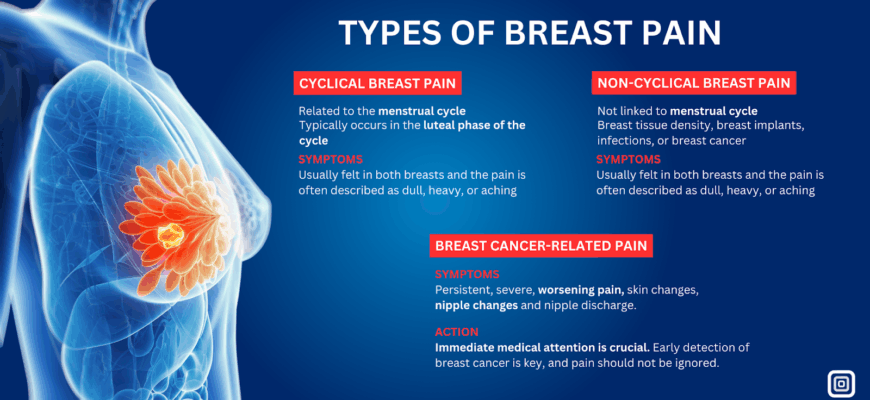Magnetic Resonance Imaging (MRI) has become an indispensable tool in modern medicine, particularly in the realm of breast cancer detection and diagnosis. Among its many capabilities, MRI can highlight enhancements—areas where contrast dye accumulates in breast tissue. But what do these enhancements really mean, and how do they relate to cancer risk?
The Intricacies of Breast MRI
Breast MRI is renowned for its sensitivity, often detecting abnormalities that other imaging modalities, such as mammography or ultrasound, may miss. The process involves the use of a contrast agent, typically gadolinium, which is injected into the bloodstream. This agent is absorbed differently by various tissues, creating a map of enhancement patterns that radiologists analyze.
Types of Enhancements
- Focal Enhancements: These are localized areas of increased contrast uptake. They can indicate benign conditions, such as fibroadenomas, or be early signs of malignancy.
- Non-Mass Enhancements (NME): These appear as irregular areas without a clear mass. NMEs are often scrutinized closely, as they can be associated with ductal carcinoma in situ (DCIS) or invasive cancers.
- Kinetic Patterns: The wash-in and wash-out patterns of contrast can also provide clues. Rapid uptake followed by quick washout might suggest malignancy, whereas gradual enhancement is often benign.
Deciphering Cancer Risk
While enhancements can be alarming, they are not definitive indicators of cancer. Instead, they serve as a piece of the diagnostic puzzle. The context, including patient history, genetics, and other imaging findings, is crucial.
High-Risk Factors: Certain enhancement patterns, particularly those with irregular borders or rapid contrast uptake, may warrant further investigation through biopsy. Additionally, patients with a family history of breast cancer or known genetic mutations, such as BRCA1 or BRCA2, might be at higher risk.
Benign Conditions: Its important to recognize that many enhancements are benign. Hormonal changes, cysts, or even past surgeries can lead to enhancement patterns that mimic malignancy.
The Role of Radiologists
Radiologists play a pivotal role in interpreting MRI findings. Their expertise allows them to differentiate between patterns that are cause for concern and those that are not. They assess lesion morphology, distribution, and kinetics, often correlating MRI findings with other imaging studies and clinical data.
Advancements in Technology
Recent advancements in MRI technology, including higher resolution imaging and computer-aided detection (CAD) systems, have enhanced the accuracy of interpretations. These technologies assist radiologists in making more informed decisions about when to recommend additional testing or procedures.
Understanding breast MRI enhancements is a complex but crucial aspect of breast cancer diagnosis. While not all enhancements indicate cancer, they are important signals that require careful analysis. Patients should engage in open dialogue with their healthcare providers to understand their specific MRI findings and the implications for their individual risk profile.
Ultimately, while MRI enhancements can raise concerns, they also represent the power of modern imaging to detect potential issues early, offering a path to timely intervention and better outcomes.
The Importance of Contextual Understanding
In the realm of breast MRI, context is king. The insights gleaned from MRI enhancements must be interpreted within the broader spectrum of the patients health profile. This includes genetic predispositions, previous imaging results, and even lifestyle factors. By integrating these elements, clinicians can better tailor their recommendations, ensuring that each patient receives a personalized approach to their breast health.
Patient Empowerment and Education
As advancements in medical imaging continue to unfold, patient education becomes increasingly vital. Understanding the nuances of MRI enhancements empowers patients to engage proactively in their healthcare journey. By demystifying the imaging process and clarifying what enhancements may or may not indicate, patients can make informed decisions alongside their healthcare providers.
Collaborative Healthcare
A collaborative approach, where patients, radiologists, and oncologists work together, ensures that the potential for early detection is maximized while minimizing unnecessary stress and invasive procedures. This partnership is the cornerstone of modern healthcare, fostering an environment where patients feel supported and informed.
The Future of Breast Imaging
Looking ahead, the future of breast imaging holds promise. Innovations in artificial intelligence and machine learning are poised to revolutionize how enhancements are analyzed. These technologies offer the potential to increase accuracy and reduce false positives, making breast MRI an even more powerful tool in the fight against cancer.
Moreover, ongoing research into more targeted contrast agents and imaging techniques continues to push the boundaries of what is possible, striving to enhance sensitivity and specificity while ensuring patient safety.
Conclusion
Breast MRI enhancements are a critical component of the diagnostic process, offering a window into the complexities of breast tissue. While they can be indicative of cancer, they must be viewed through a lens of comprehensive clinical understanding. As technology evolves, so too will our ability to interpret these enhancements with greater precision and confidence.
Ultimately, the goal is to leverage these advancements to improve patient outcomes, reduce unnecessary interventions, and empower individuals with knowledge and clarity about their health. Through continued innovation and education, the landscape of breast cancer diagnosis will become ever more refined, offering hope and reassurance to countless patients worldwide.


The article does an excellent job at explaining how enhancements are just one part of the diagnostic process, which reassures patients about the thoroughness of breast cancer screenings.
This article provides a clear and concise explanation of how MRI is used in breast cancer detection. The breakdown of different types of enhancements and their implications is very informative.
It’s great to see an article that emphasizes the importance of context in interpreting MRI results. Patient history and genetic factors are crucial in assessing cancer risk.
I appreciate the detailed insights into focal and non-mass enhancements. It helps to understand the complexity behind MRI interpretations in breast cancer diagnosis.
The section on kinetic patterns was particularly enlightening. The differentiation between rapid uptake and gradual enhancement adds depth to understanding potential malignancies.
A very informative read! The explanation of high-risk factors and benign conditions helps demystify some of the fears surrounding breast MRI findings.